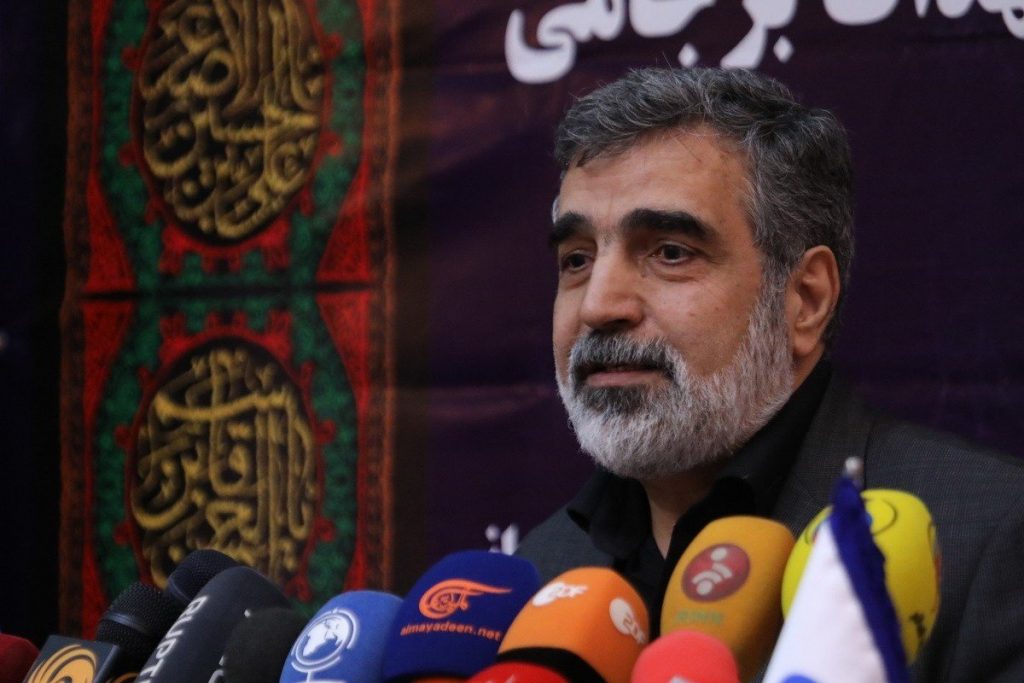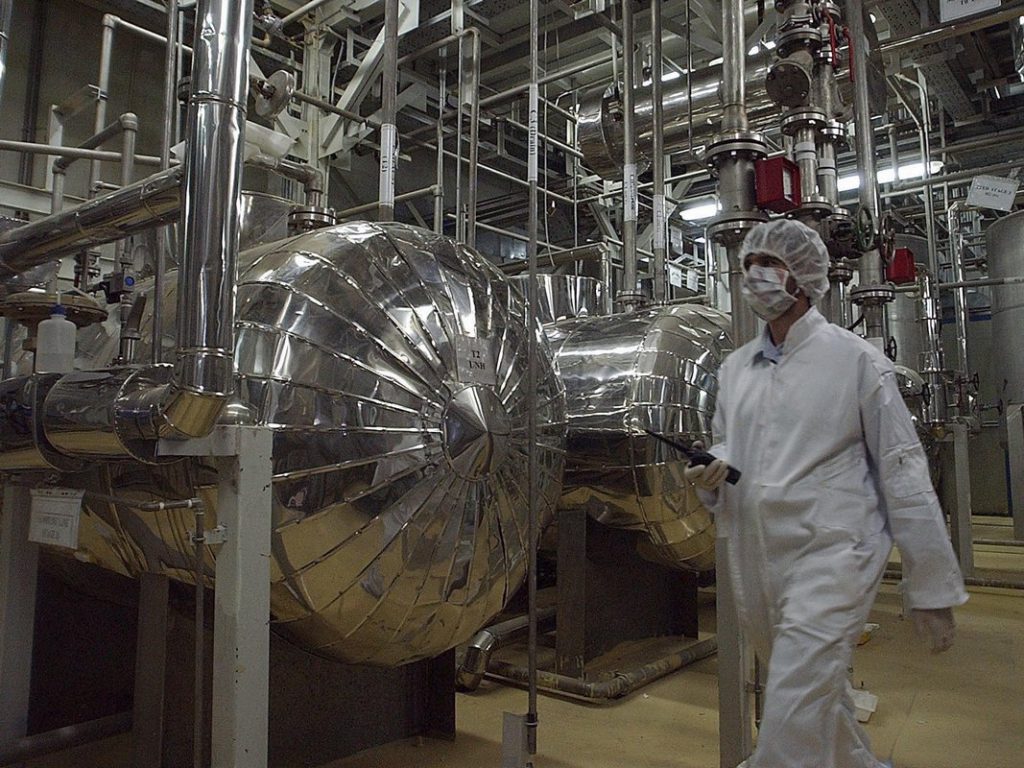Iran says it has started up advanced centrifuges to boost the country’s stockpile of enriched uranium, warning signatories of the 2015 nuclear deal that the clock is ticking for them to salvage the landmark agreement in the face of pressure by the United States.
As a third step in Iran’s reduction of commitments under the deal, the Atomic Energy Organization of Iran (AEOI) said on Saturday it has activated 20 IR-4 and 20 IR-6 centrifuges for research and development purposes.
“The capacity of these machines is many times more than the previous machines. This started as of yesterday (Friday),” AEOI spokesman Behrouz Kamalvandi told a news conference in Tehran.

The third step comes after the Europeans failed to meet a 60-day deadline to meet Iran’s demands and fulfill their commitments under the deal, officially called the Joint Comprehensive Plan of Action (JCPOA).
Iranian President Hassan Rouhani first announced the decision to expand research and development (R&D) work beyond JCPOA limits on Tuesday. He gave the other side 60 more days to fulfill its commitments.
Iran says its retaliatory measures will be reversible as soon as Europe finds practical ways to shield the mutual trade from US sanctions, which were reimposed last year when United States President Donald Trump withdrew from the deal.
European signatories of the JCPOA – the UK, France, and Germany — have so far failed to provide meaningful economic incentives as required under the nuclear accord despite expressing vocal support for the deal.
As part of its previous response to the non-compliance by other parties, Iran has already increased its enriched uranium stockpile beyond the 300-kilogram cap set by the JCPOA and begun enriching uranium to purity rates beyond the limit of 3.67 percent.
The reductions are in accordance with Tehran’s legal rights under Articles 26 and 36 of the JCPOA.

Speaking on Saturday, Kamalvandi said that the countermeasures seek to create a balance between its accorded rights and its commitments in a bid to force other signatories to implement the deal and “respect Iran’s rights”.
The spokesman added that with the third step, Iran has effectively cut back on half of its total JCPOA commitments.
Kamalvandi added that given an initial order from Leader of the Islamic Revolution Ayatollah Seyyed Ali Khamenei calling for a uranium enrichment capacity of at least 190,000 SWU, Tehran had designed a 15-year program aiming to attain 270,000 SWU, which could be increased to a million SWU.
“What has happened today, with the modifications that we have made in our Research and Development, is that it has facilitated the implementation of that program in reaching a million SWU,” Kamalvandi said.
“When we will reach a million SWU, however, depends on our future measures in Research and Development,” he added.
SWU stands for the Separative Work Unit that defines the effort required in the uranium enrichment process, in which uranium-235 and -238 are separated.
Kamalvandi also said the IAEA has been informed about Iran’s new nuclear steps which it will continue to monitor.
 Alghadeer TV Alghadeer TV
Alghadeer TV Alghadeer TV
